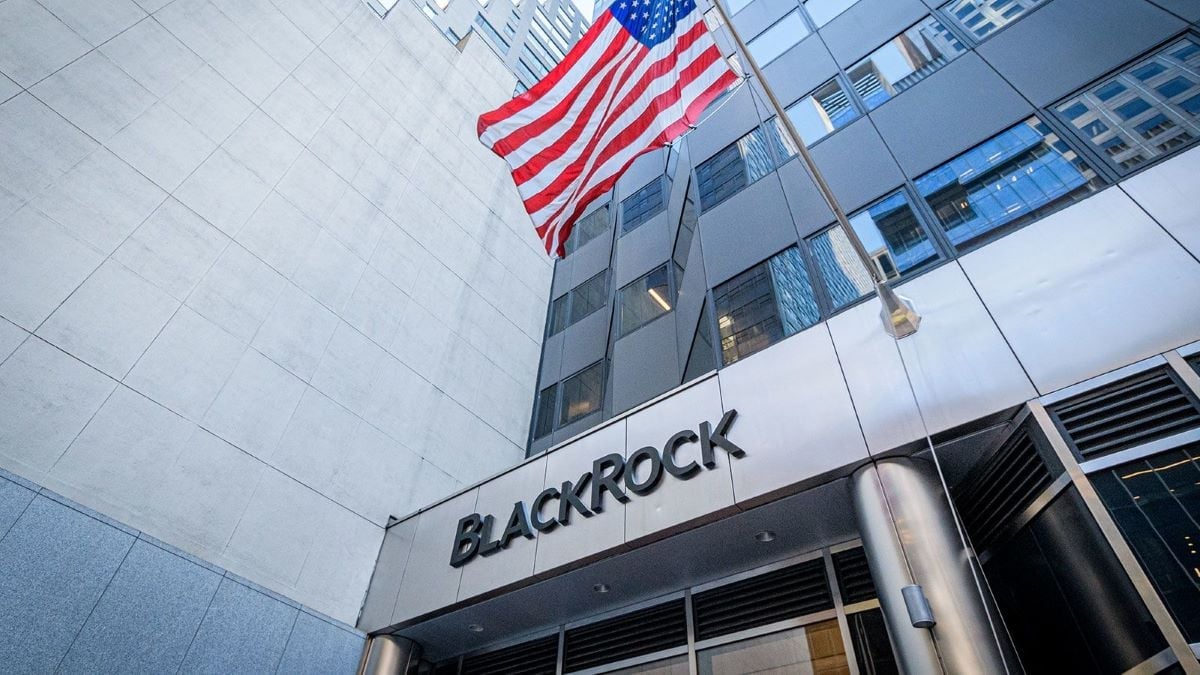The coinbase acquisition of BVNK for about $2 billion would boost Coinbase’s enterprise stablecoin payments, custody and merchant settlement capabilities amid 2025 regulatory shifts, according to Bloomberg.
What is the proposed BVNK acquisition and how does BVNK payment infrastructure fit?
BVNK is a London-based payments and stablecoin infrastructure provider founded in 2021. Reports say it has raised about $90 million from investors including Citi Ventures, Visa and Coinbase Ventures, and that its enterprise-grade rails support merchant settlement and on‑chain invoicing.
How would the Coinbase acquisition affect Coinbase’s stablecoin strategy?
According to the Coinbase Q3 2025 earnings release, Coinbase’s stablecoin revenue reached $246 million, underscoring why an issuance and custody push would matter commercially. Integrating BVNK’s rails could let Coinbase Business offer end‑to‑end enterprise stablecoin solutions and reduce reliance on third‑party settlement partners.
Experts note that integration typically requires several months of technical and compliance onboarding. “Pilot programs usually begin with a narrow set of counterparties to validate settlement finality,” industry practitioners say, which helps explain the due diligence timeline around a major strategic purchase.
What regulatory hurdles under the stablecoin regulatory framework matter?
Regulatory scrutiny of stablecoins and payment networks increased after 2025 reforms, raising compliance burdens for issuers and custodians.
Licensing outcomes, AML controls and reserve attestations will be key gating items for any rollout and can materially affect where and when services go live.
Potential antitrust or payments‑policy questions could also extend timelines and require structural remedies if authorities seek to protect competitive payment rails.
What are the timeline, numbers and risks? In brief:
Reportedly in “late‑stage talks” as of 3 November 2025, the proposal centres on roughly $2 billion and remains subject to due diligence and regulatory approvals.
If completed, the deal would strengthen Coinbase’s institutional stablecoin and payments positioning but execution depends on approvals, partner contracts and operational onboarding timelines.
Source: https://en.cryptonomist.ch/2025/11/03/coinbase-acquisition-bvnk-timeline/


